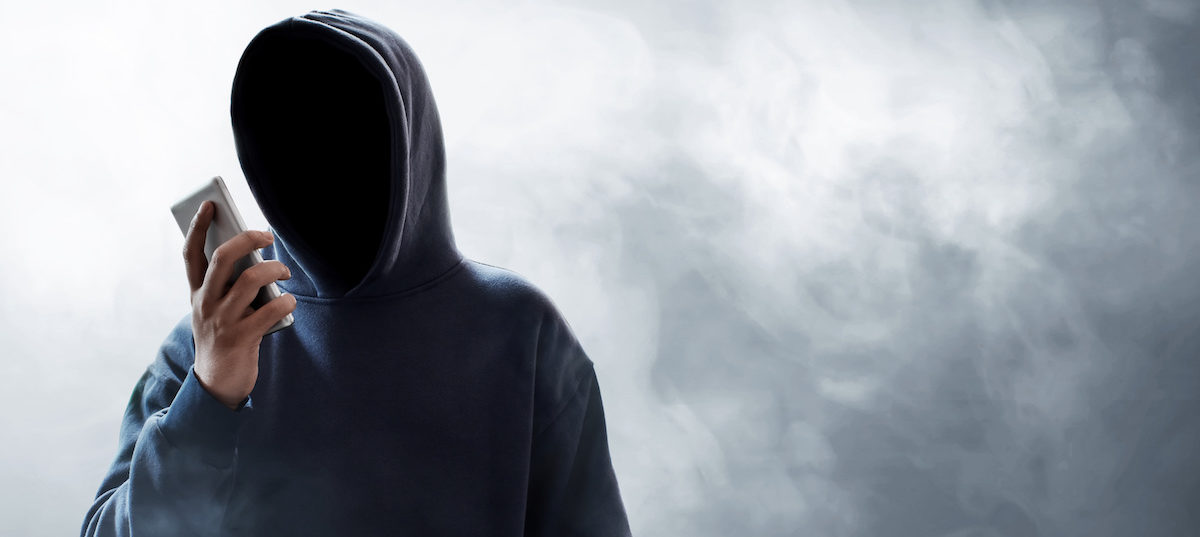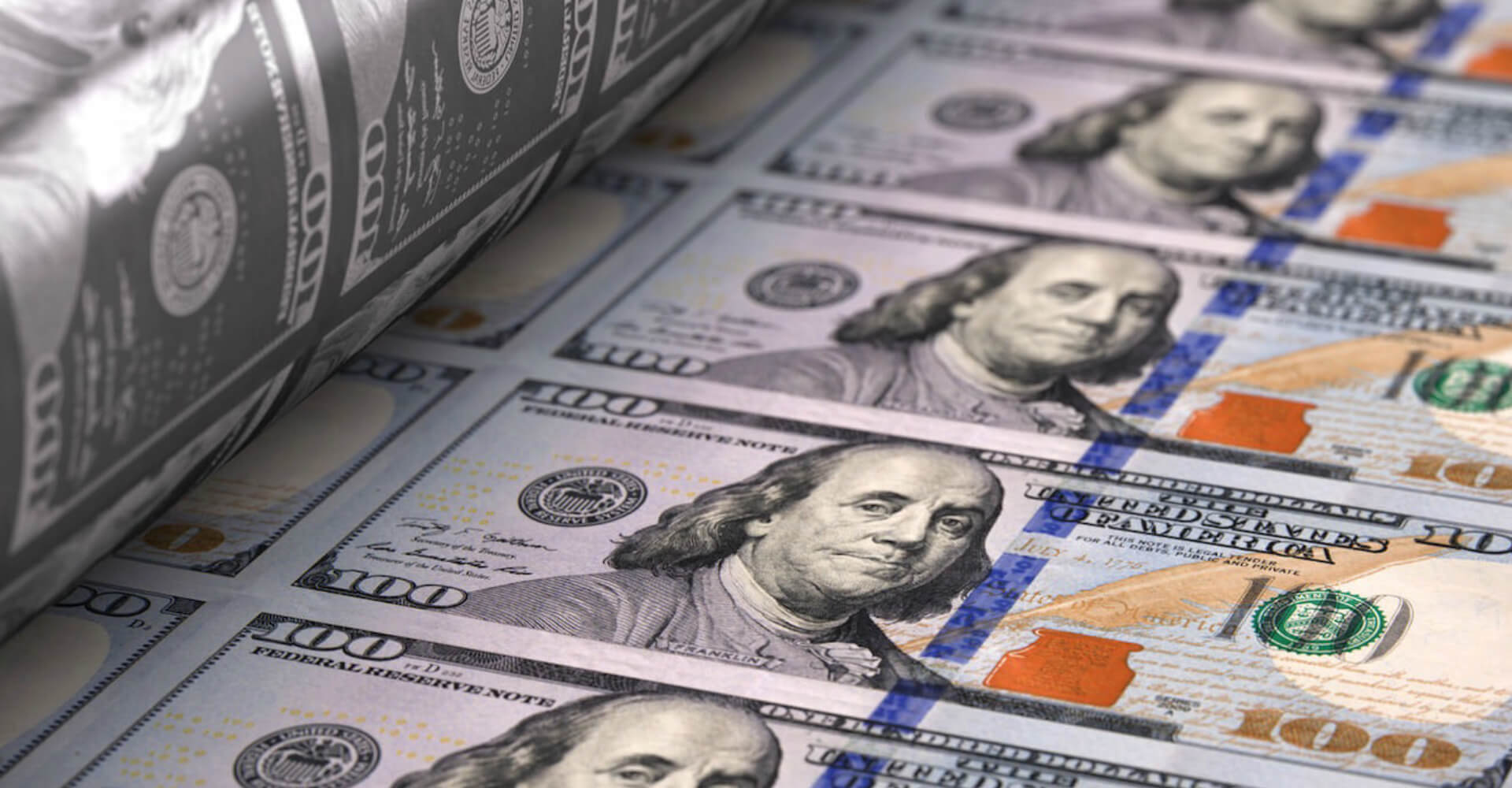
Just when you thought you had a handle on your hospitality B2B sales attribution, a phenom has occurred and you may not know what to do. Fear not! We are here to explore the murky new world of Dark Social.
How Dark Social Changes Tracking Hospitality B2B Sales
What is Dark Social?
Private channels include emails, instant messages, chat rooms, document sharing, and other methods that can't be tracked with standard analytics tools. You can look at it like "invisible traffic".
In the past year couple of years, with the rise of private channels, there has been a surge in untrackable traffic. This means that every day there are unique visitors coming to your site who never show up in your direct traffic report.Essentially, you're too late, if you're waiting for intent data to start marketing. By the time you see intent data, a large part of the purchasing process is already finished.
This represents a huge loss for companies where their most valuable website visitors aren't being counted. For these users, it is completely impossible for you to market to them or re-market to them with ads.
The most common reason for failures in B2B hospitality marketing is that marketing departments believe they are being data-driven when, in reality, they are relying too much on their attribution software. The most significant touchpoints in a business-to-business buyer's journey occur outside of the scope of attribution software. This creates a struggle for social media teams, online publishing teams, ad analytics teams to identify users.
Besides the important loss it represents for marketers, this also means that you lose out on potential revenues. You may be missing out on attracting your most valuable customers if they are using private channels to view your website or buy your products.
RELATED: 10 Quick & Dirty Skills You Need to Succeed with Social Selling
What's the difference between Dark Social and other Social Sharing?
The difference between Dark Social and other social sharing is that these actions can't be tracked by standard analytics tools including Google Analytics, Omniture, Adobe Marketing Cloud, and more.
Where is the majority of Dark Social coming from?
According to Wikipedia, "in one of RadiumOne’s reports published in February 2016, the dark side of mobile sharing, the company stated they have found that 84% of the online traffic is coming from Dark Social channels to date. Furthermore, they also showed that out of all the Dark Social traffic, 62% are from mobile devices, while only 38% are from desktops. The rise of smartphones and mobile apps had largely increased the Dark Social traffic on mobile devices over the last few years.
These mobile visits are coming from places such as:
- Content Platforms
- Social Communities & Private Groups
- Chat Platforms
- Direct Messaging
- Word of Mouth
Photo by Priscilla Du Preez
How can companies get around Dark Social?
The fact is, current marketing measurements are not working. If you're not directing resources to Dark Social, you're losing out on a significant chance to make an early impression on your customers.
The most essential thing to know about Dark Social is that it refers to peer-to-peer information sharing among friends, families, and acquaintances. Because you're encroaching on your audience's personal space, utilizing Dark Social tactics to raise brand awareness and sales requires some finesse.
There are a few tactics for hospitality marketers to work within the constraints of Dark Social Attribution.
- Building an email list - allows you to market directly, and therefore track attribution
- Working with influencers - they can act as intermediaries between you and your audience.
Of course, you may also ask your consumers why they picked you, conduct a win/loss analysis, send surveys, or include a "how did you hear about us" free response area on your demo request form.
What do hospitality B2B sales teams need to know about Dark Social?
One of the most important things for hospitality teams to understand about Dark Social is that it isn't a marketing channel with its own share of complexities but rather a methodology that cuts across all online channels and disciplines within digital marketing.
Teams such as social media managers, publishers, e-commerce managers, and ad operations need to come together to better identify how Dark Social fits into overall traffic metrics so they can improve future campaigns. The sooner you change what you're optimizing for and how you measure your marketing, the sooner your B2B attribution methods will work for your organization, and you can utilize that information in future campaign planning.
Photo by Campaign Creators
Embracing Dark Social
Deals are won through Dark Social. These are the places where you'll build demand, and dominate categories. You can't ignore the power of Dark Social.
It's important for your teams to understand where this traffic is coming from so you can better target them with appropriate messages over time.
Finally, if you have not yet started to build out your email marketing list, now is the time for your company to get on it. This is particularly important if you are struggling with Dark Social traffic and want to be able to reach these users in a more direct and trackable way.
Don't be afraid of dark social: If hospitality B2B sales team and marketers understand this phenomenon, they can learn how to build out their email list and market effectively through other channels.




